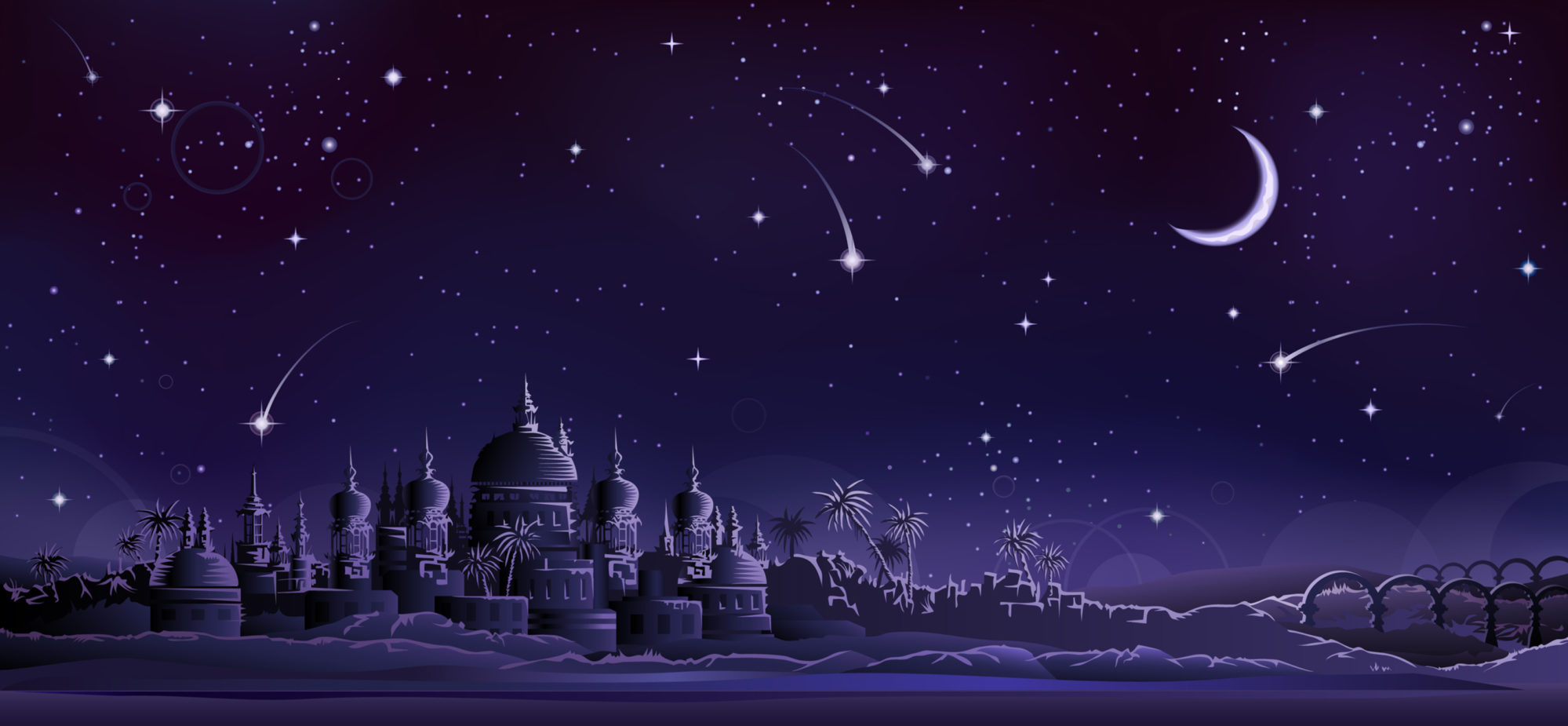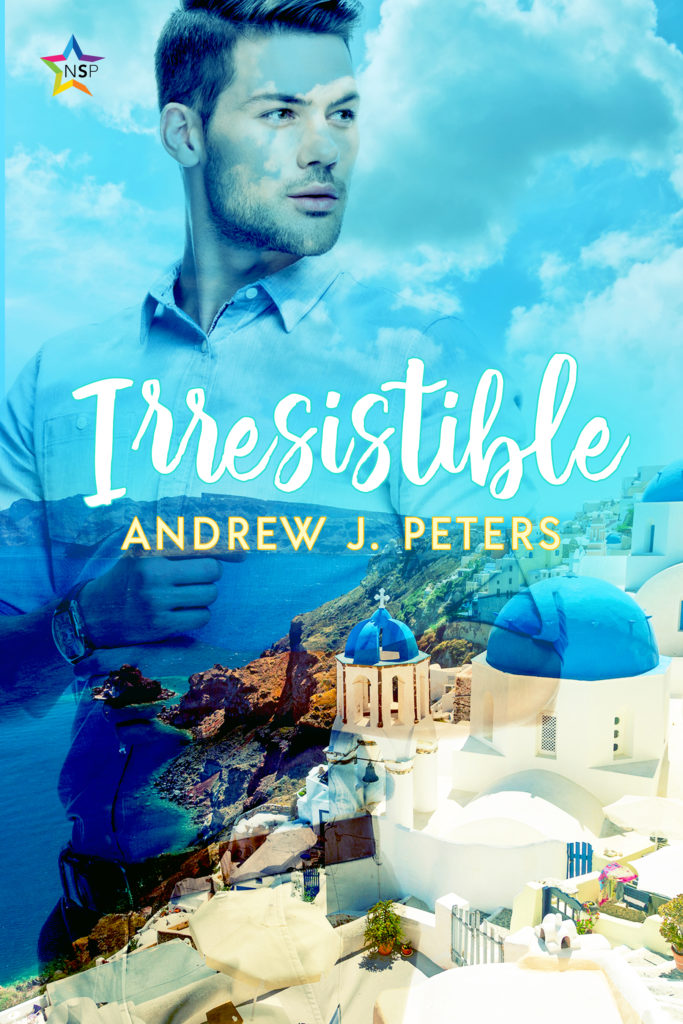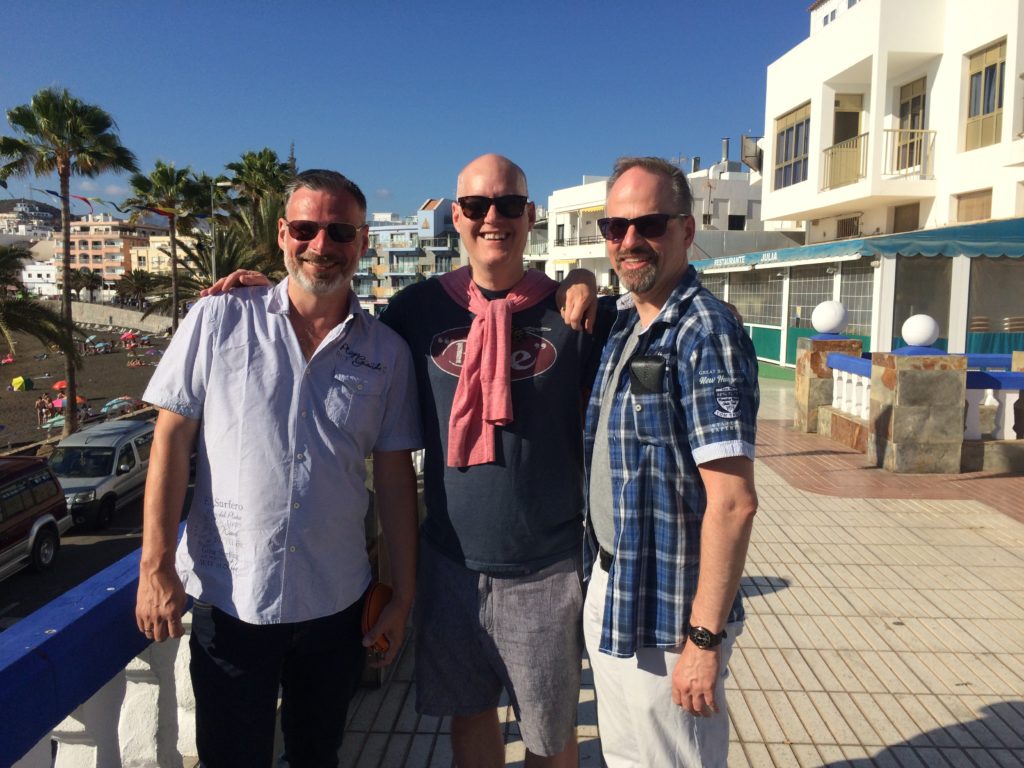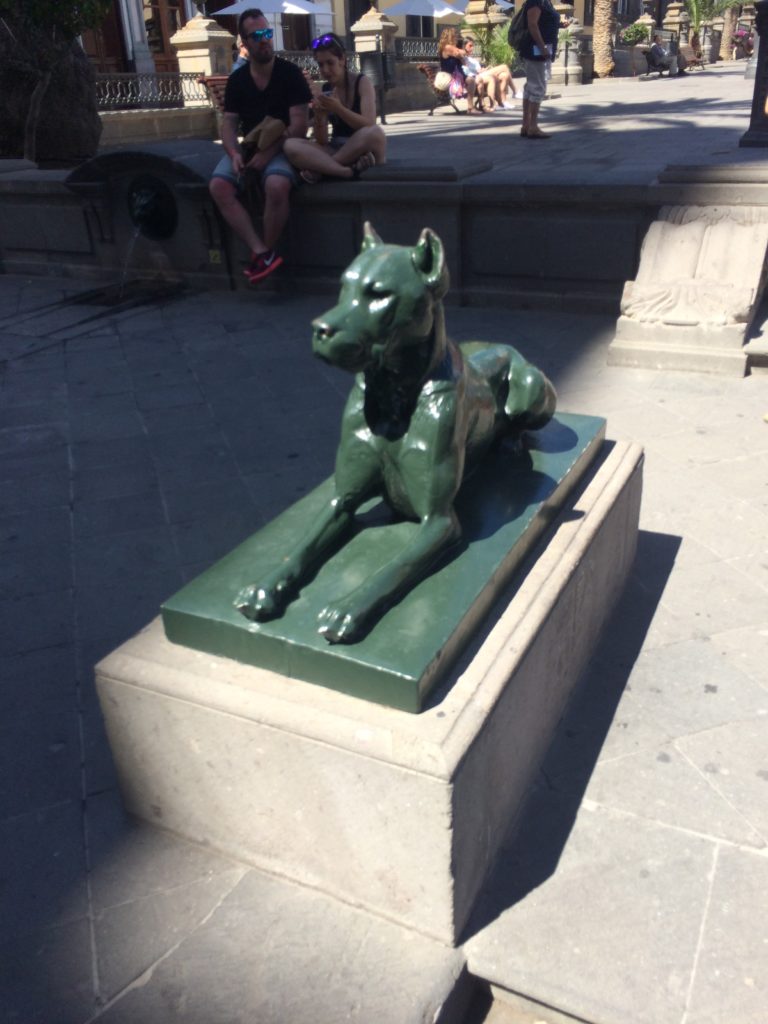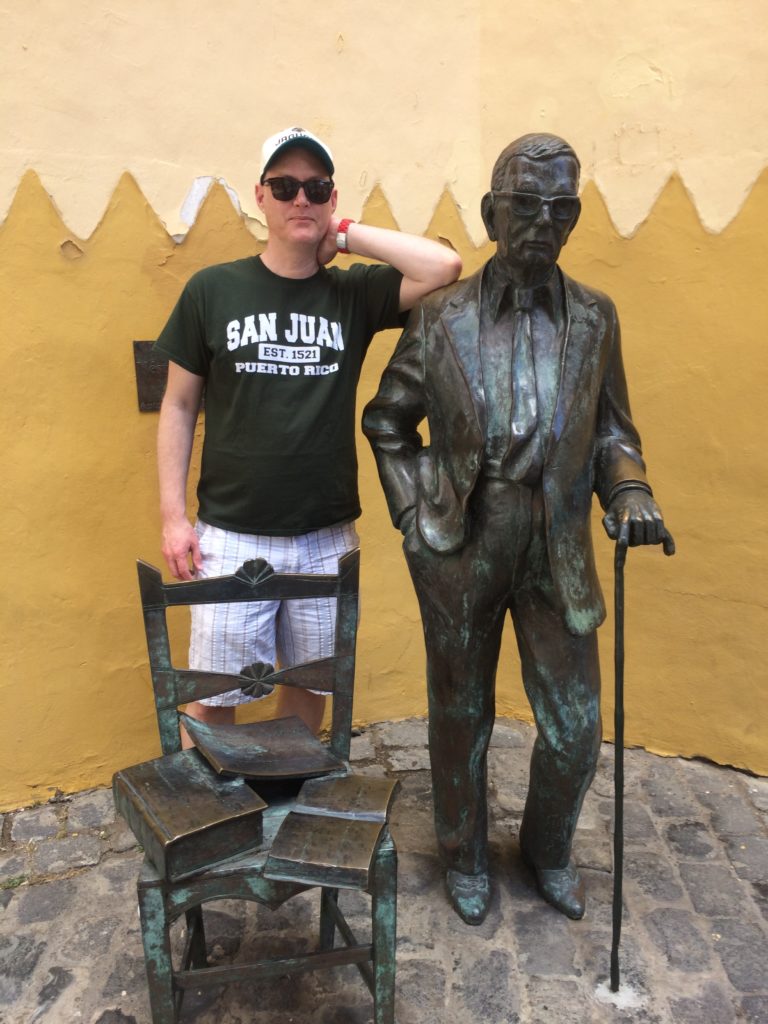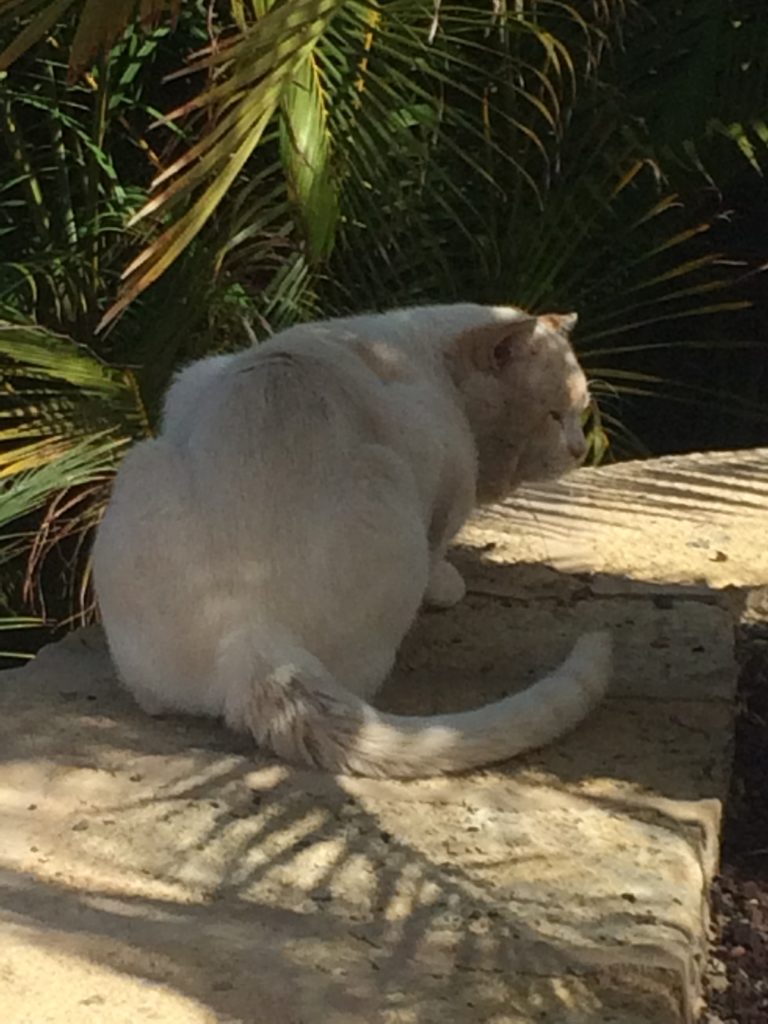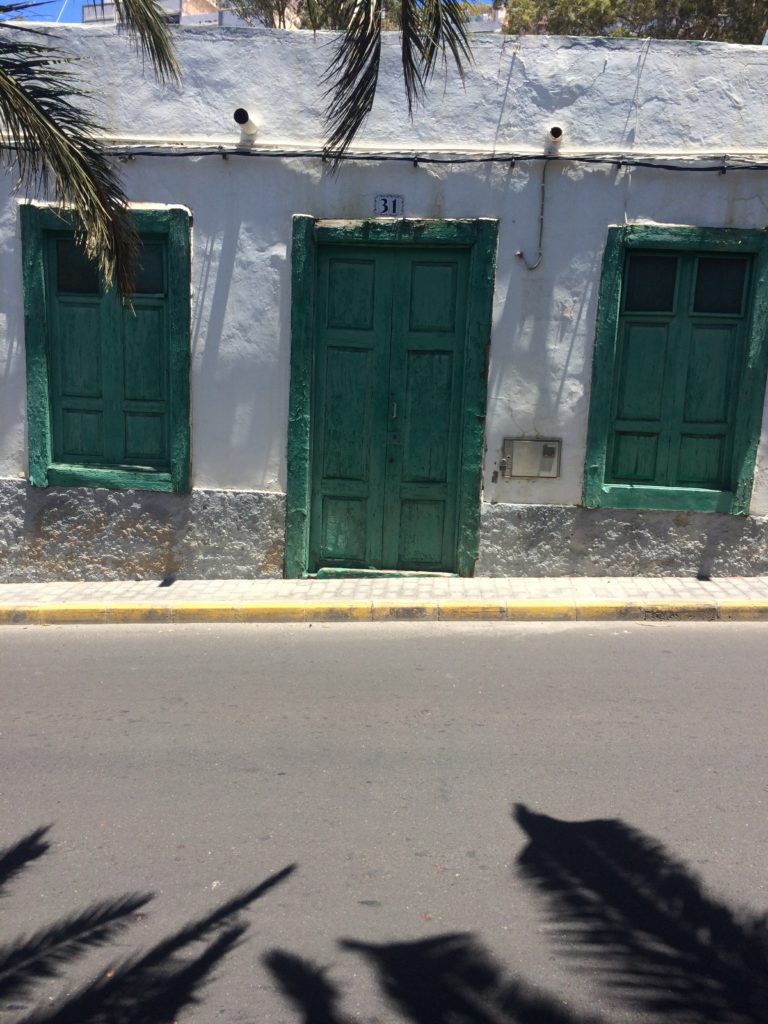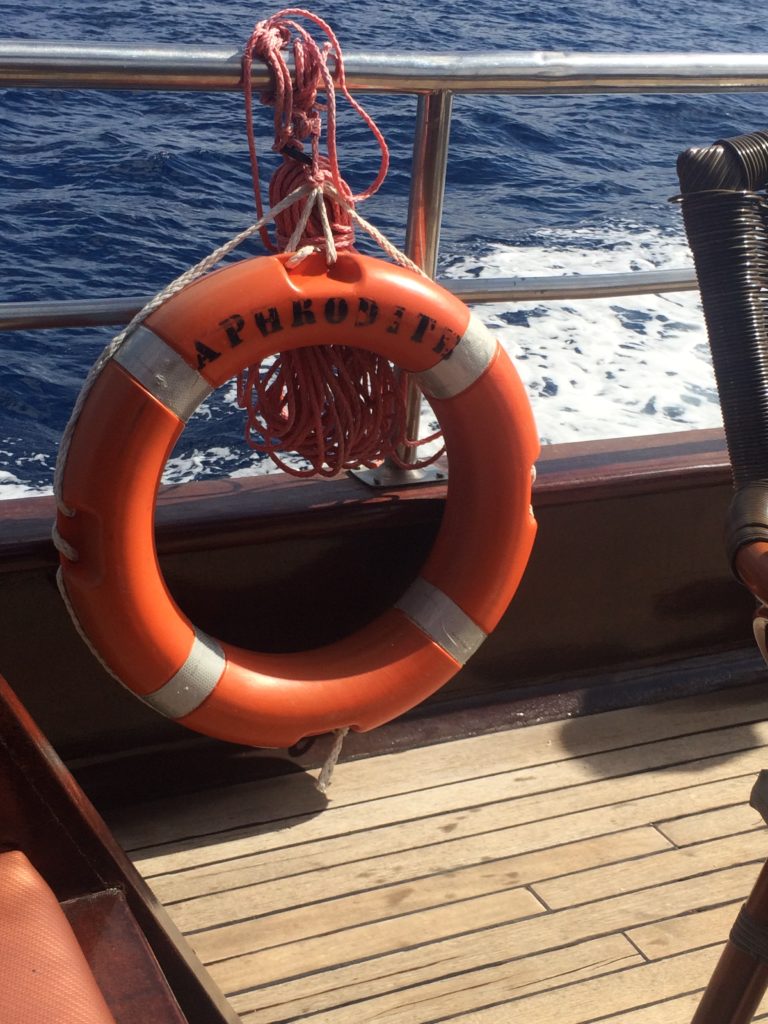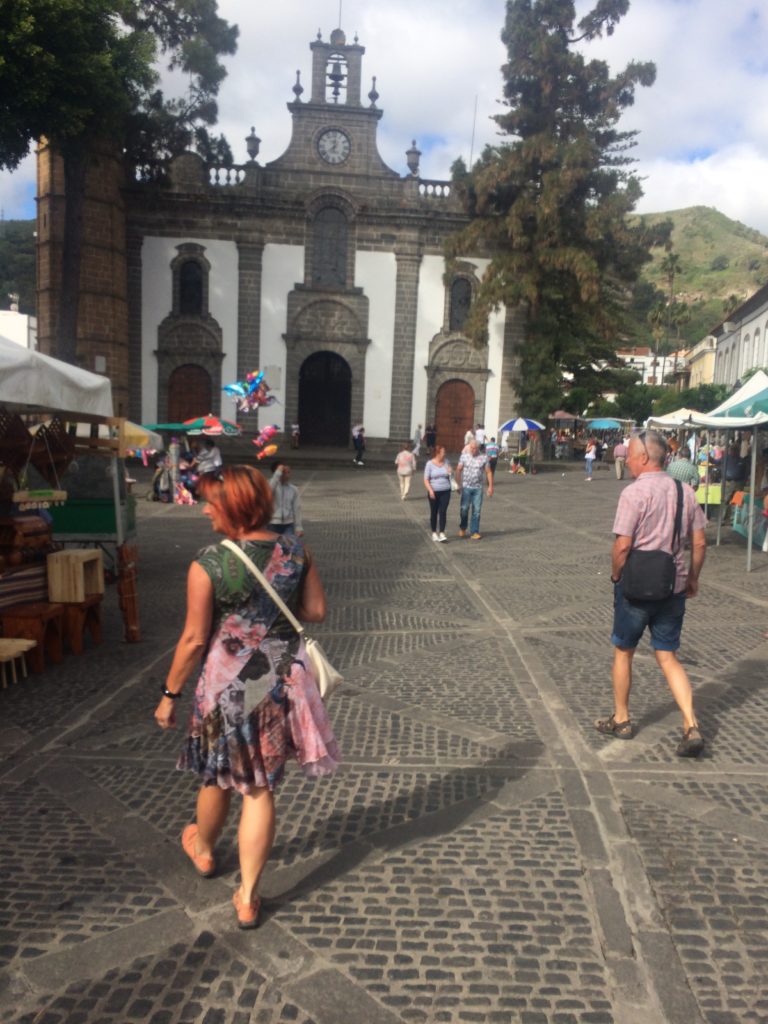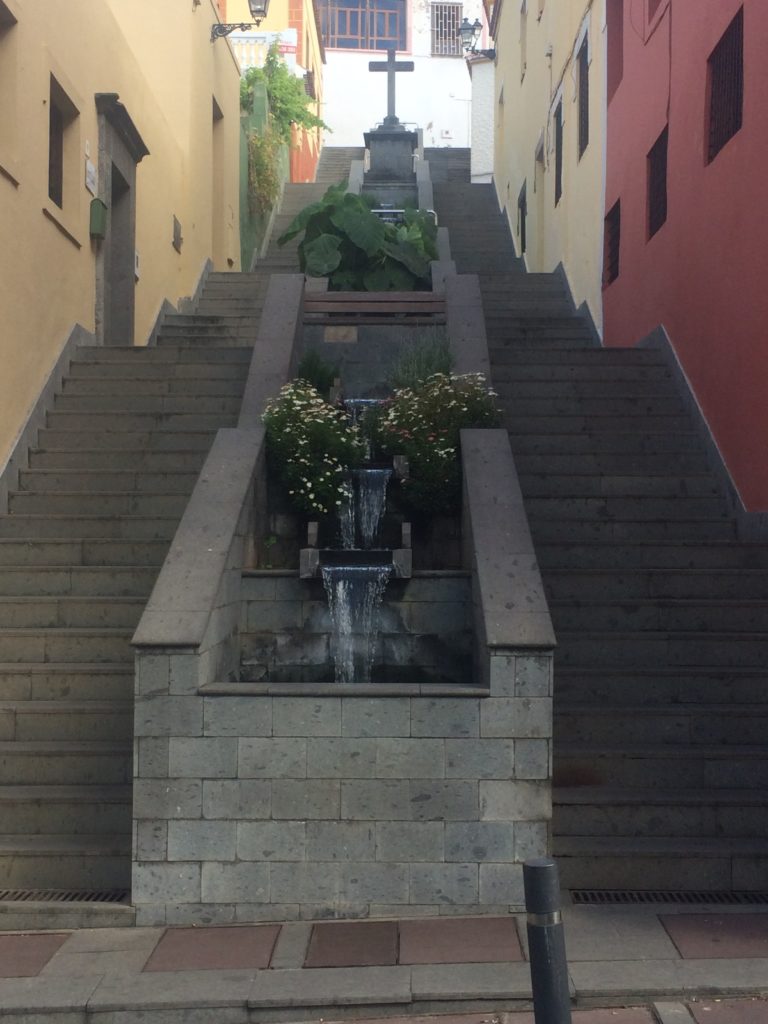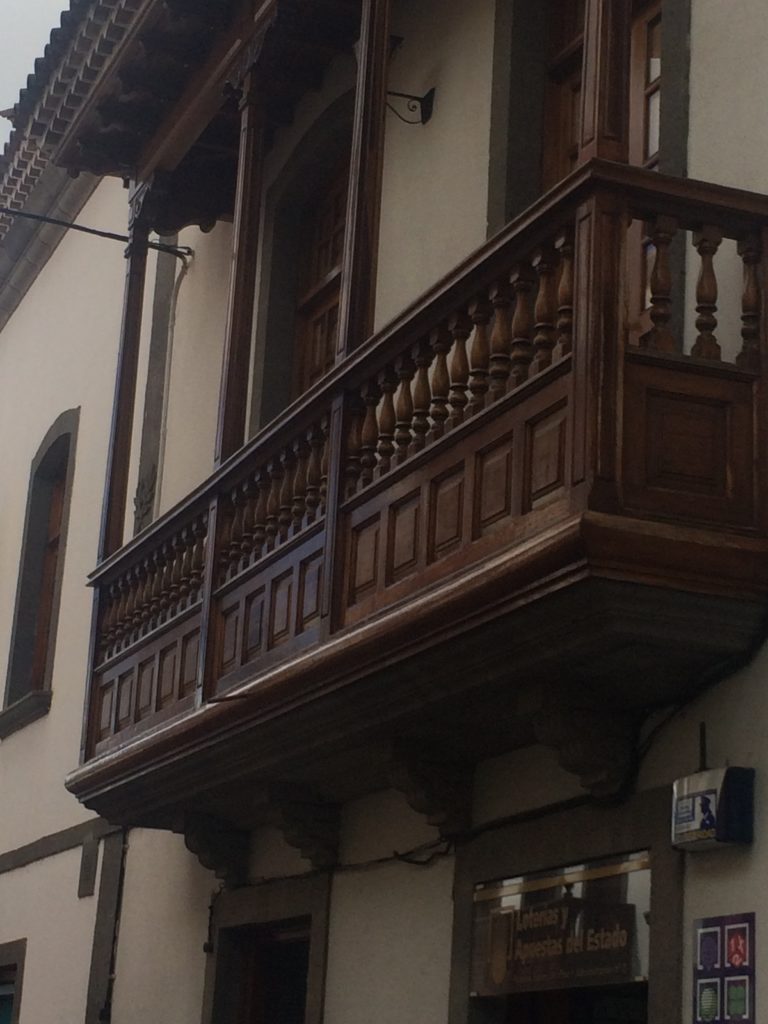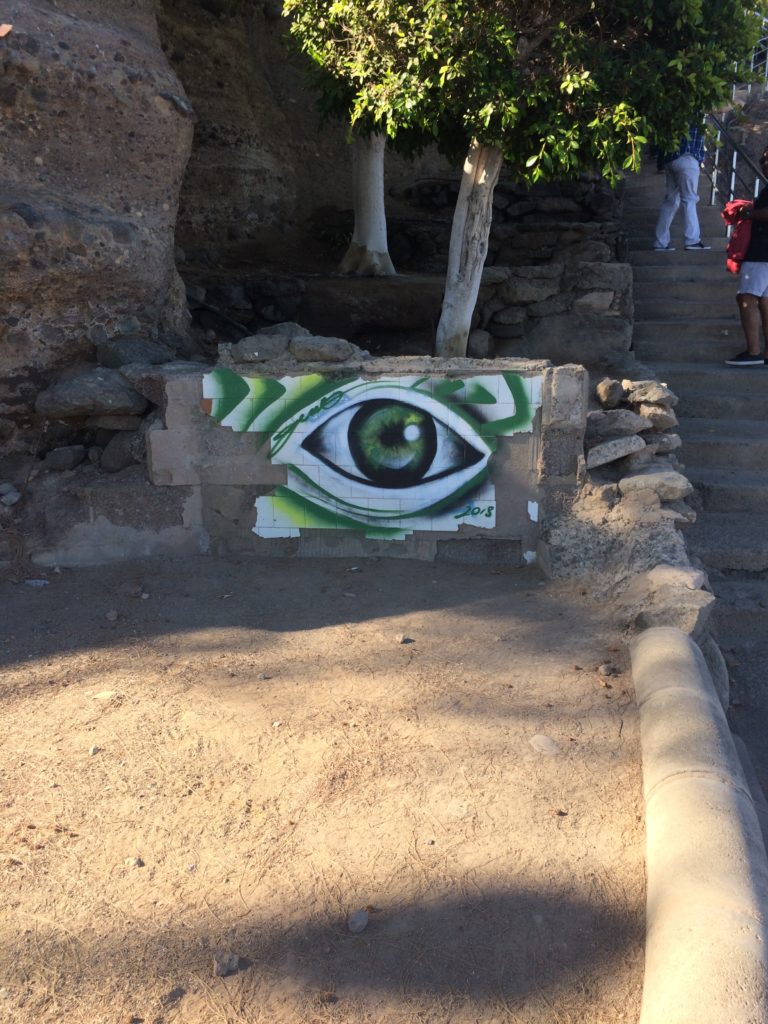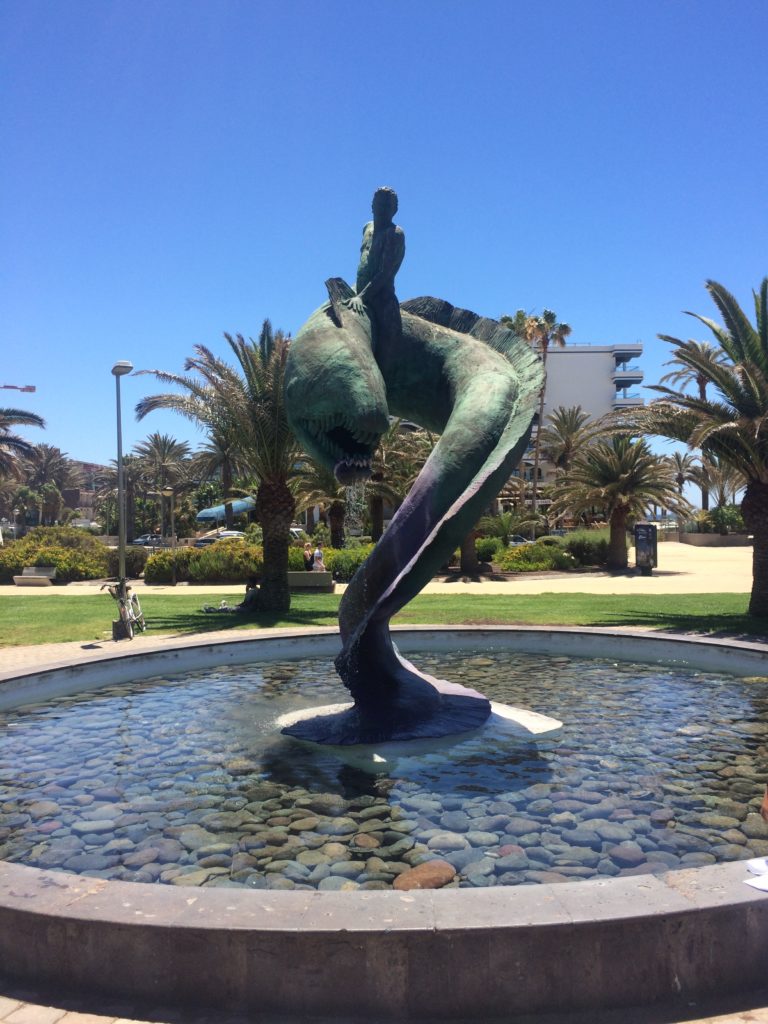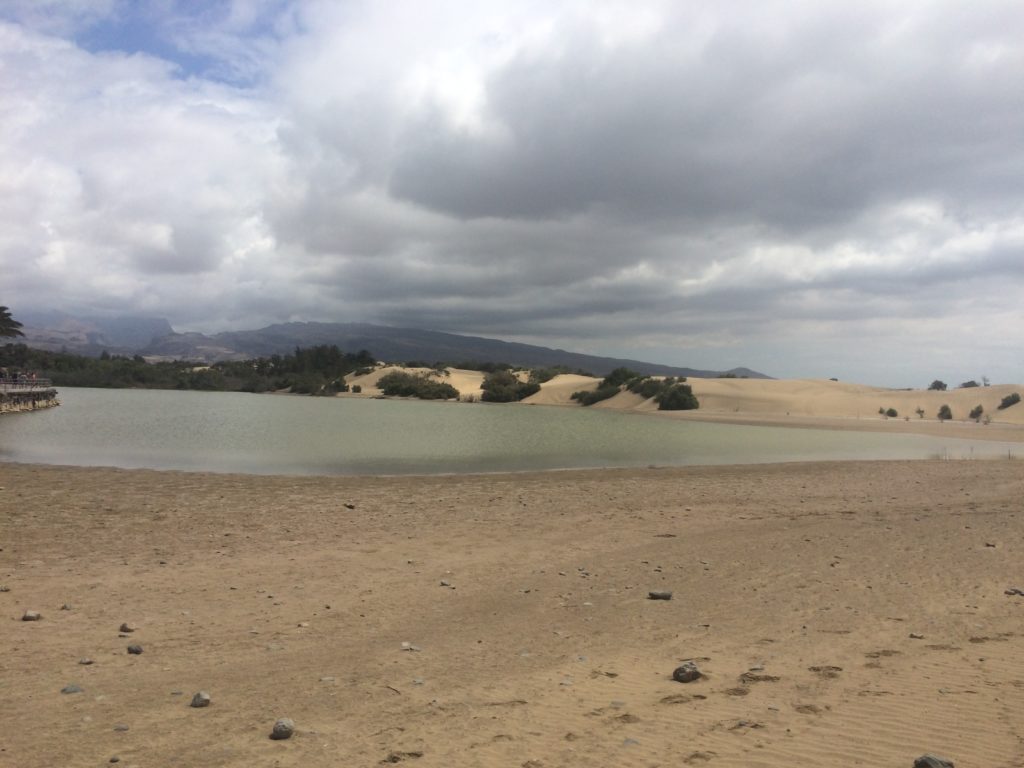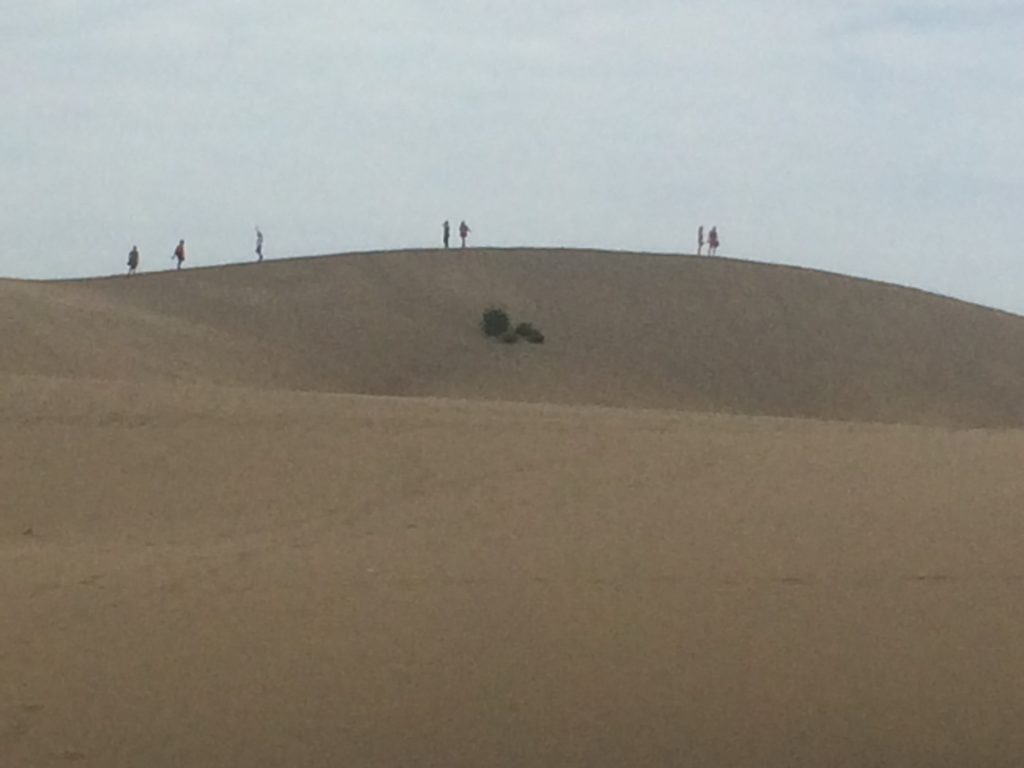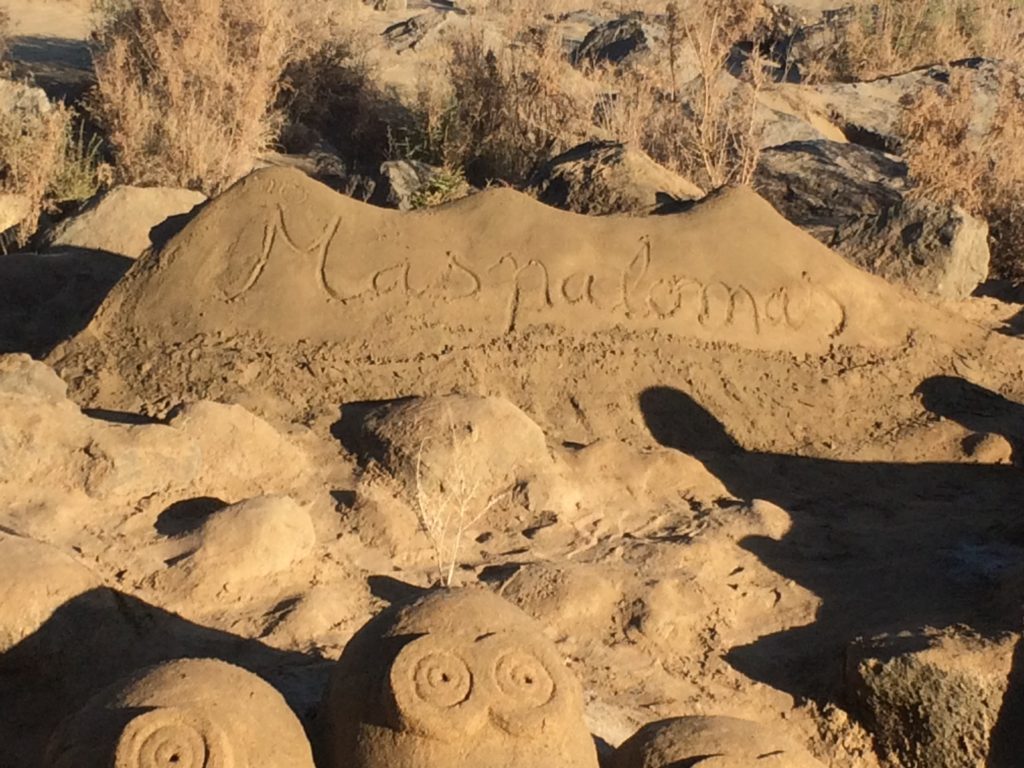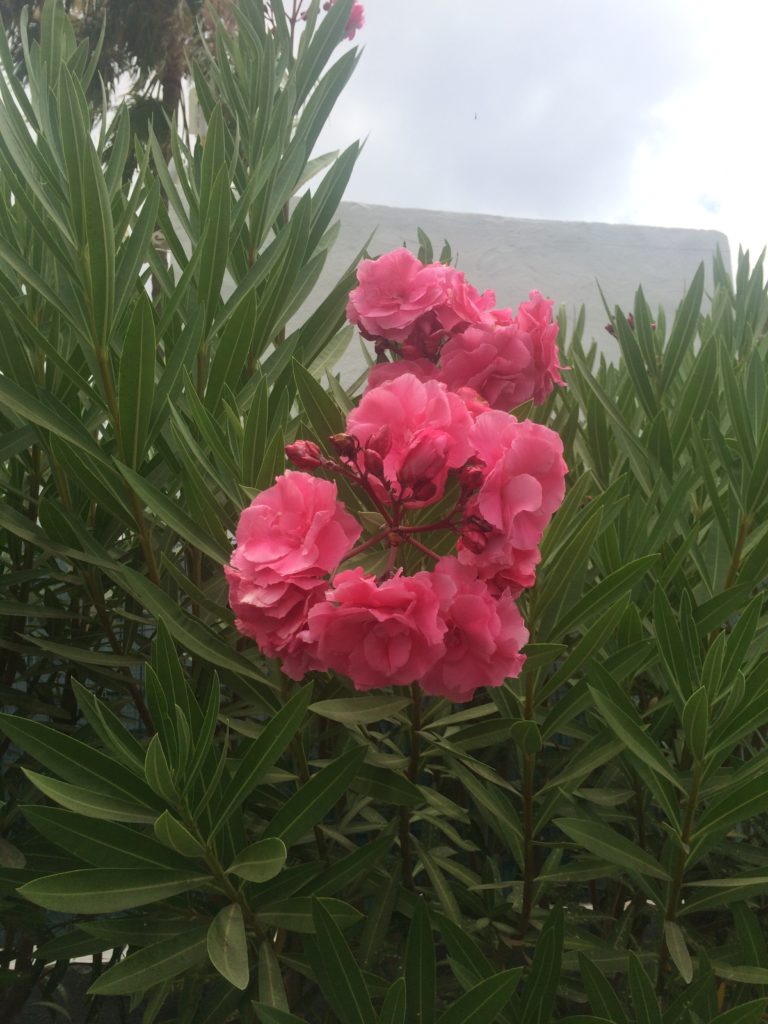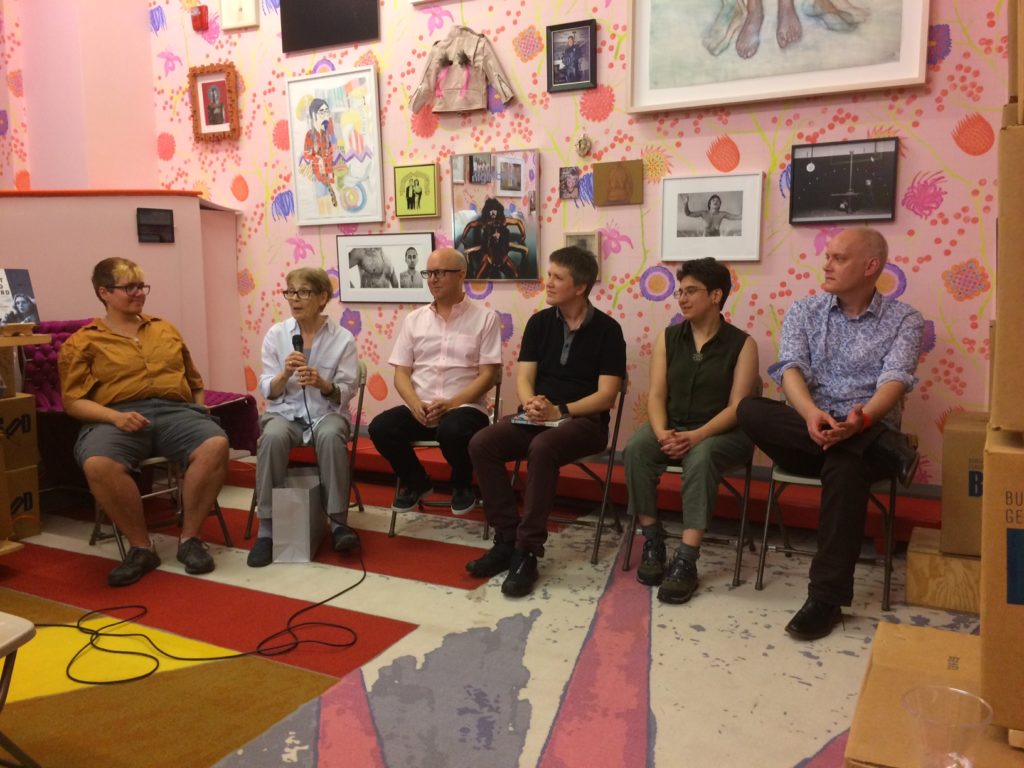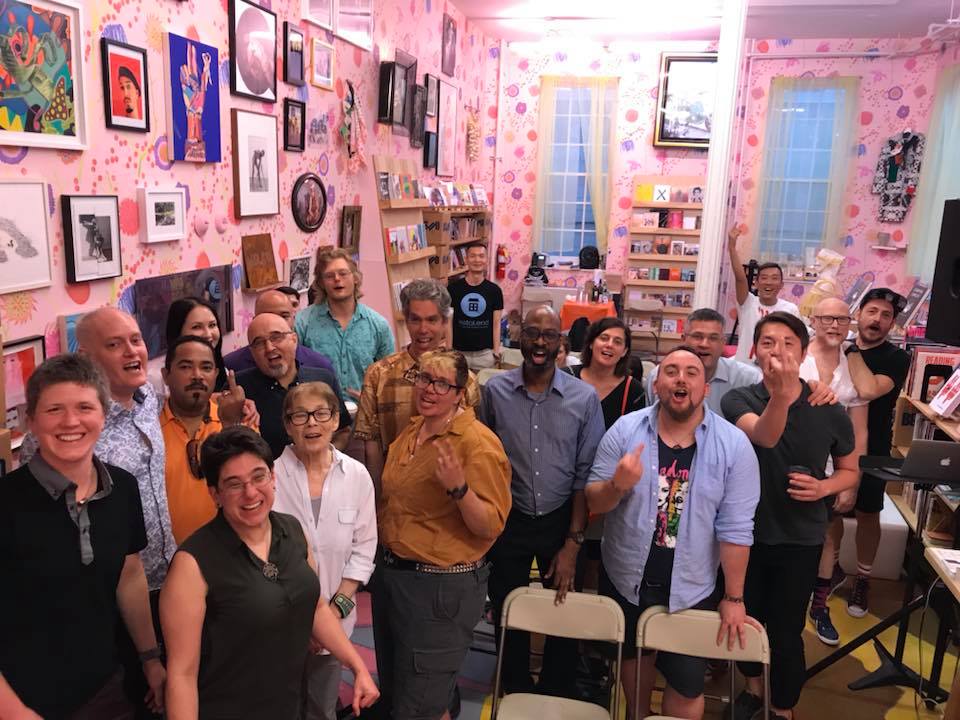Strike up the band and fire up the roman candles because Irresistible release day is here!
That means you can get your very own copy at any of the big retailers.




 Or, most definitely, you can order it at your favorite independent bookstore. Here are the particulars:
Or, most definitely, you can order it at your favorite independent bookstore. Here are the particulars:
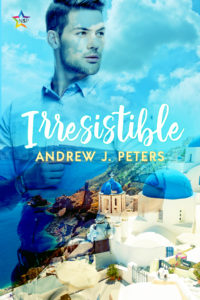
Brandon thinks he’s won at life when he hooks a guy so gorgeous he parts crowds walking down the street. But he and Cal will have to overcome a jealous BFF, Romanian mobsters, hermit widowers, and a dictatorship on the brink of revolution. Their dream wedding in the Greek isles turns into a madcap odyssey in this modern, gay salute to Chariton’s Callirhoe, the oldest extant romance novel in the world.
ISBN: 978-1-949340-40-2
Publisher: NineStar Press
Date: August 13, 2018
All this month, I’ll be sharing behind-the-scenes info about the book. For today, I thought I’d talk about how the story came to be in answer to a likely question: Why’d you write a contemporary romance? I thought you peddled in fantasy and ancient world mythological style stories?
So yes, it’s true, Irresistible is the first modern romantic comedy most readers have seen from me. I’ve published some modern, realistic short fiction, but anything on the romance side has been experimental and unfinished, and only shared with a few writing buddies.
The idea for writing Irresistible actually emerged from research I was doing for The Lost Histories series (The City of Seven Gods). I was looking for translated religious texts and other writings from the classical age to hone my ear for the way people from the ancient world talked about their lives. I knew about plays and histories and epic poetry, but I was surprised to discover the novel form has its origins in the Roman era.
On reflection, that certainly stands to reason since the French word for novel is roman. My Western Civ and English lit from college is a fairly distant past of its own, and I thought the invention of the novel was typically attributed to the Medieval age with works by Chaucer and Norse sagas and Beowulf and all that. Already, I digress.
I learned about a number of first-century novels, and my curiosity was immediately drawn to Callirhoe by Chariton of Aphrodisias. Callirhoe is acknowledged by scholars as the oldest, extant romance novel in the world, and I could digress again about the technical distinctions concerning “romance” in the study of literature, but I don’t really have to because Callirhoe can be easily categorized as a romance by scholars and lay-readers alike. The excavation of the text had to have inspired the same jaw-dropping reaction that struck archeologists who discovered the buried city of Knossos with its uncannily modern-looking artwork. The story has the strident themes of a Harlequin romance — true love at first sight, star-crossed lovers, a hero risking life and limb to refind his beloved — while also having many of the nutty conventions of a soap opera. Unlike the epic poems, no gods figure in to manipulate the fates of the characters nor do any mythical creatures. It’s a story about real life people, fictionalized of course, but portraying their everyday grapples in a much more straight-forward manner than say Homer’s Iliad or Virgil’s The Aeneid. I’ll give you the quick summary.
Callirhoe is the daughter of the ruler of Syracuse, and a renowned beauty beset by many suitors. But when she passes by a handsome, young nobleman Chaereas, the two immediately fall in love and quickly make plans to marry, pretty much on sight. Her jealous suitors try to sabotage the wedding by breaking into her home and making it look like she threw an orgy when Chaereas was away. Chaereas is indeed incensed by their trick, and he kicks Callirhoe in the stomach, knocking her into a coma while her fiancé and everyone else believes she’s dead.
Devestated, Chaereas presides over her funeral, but before she’s buried, a band of grave robbers come by at the moment she wakes up. They take her and sail off, and then their captain becomes spooked by her beauty, fearing they have stolen a goddess. He sells her as a slave at the nearest port, and Callirhoe’s irresisitbility leads to a string of misadventures with men vying to claim her until eventually her repentant and ever-loyal Chaereas refinds her.
It’s incredibly melodramatic in a remarkably unselfconscious way. Callirhoe is given to frequent asides bemoaning her tragic beauty, which like Helen of Troy has led her into disaster. Chaereas is so overwhelmed by her beauty that: “like a hero mortally wounded in battle, he was too proud to fall, yet too weak to stand.” When they are finally reunited after an absurd series of events, they rush into each other’s arms and immediately faint and collapse to the floor. The story has the flavor of a campy Shakespearean comedy, or a Monty Python skit.
Now, in revealing this inspiration point, I may be doing little to sell my book, but I was immediately intrigued by the notion of retelling the story in a modern context and as a gay love affair. Setting aside the story’s absurdities, I was charmed by its unapolegetic assertion of the power and inevitable triumph of love, the beguiling mystery of beauty. On one hand, I felt a sense of purpose in reclaiming a story of idealized love, recast with gay men as the heroes because it’s true we fall in love this way; or I should say the essence of that is true. Love overwhelms us, makes us weak, makes us manic with joy, crazy with desire. It’s a universal condition, but gay love doesn’t get the chance to shine on the literary stage as often as it should.
I also felt the beauty theme had particular meanings for gay men which were worth exploring. The idealization of youth and beauty is deeply embedded in our culture, whether for good or ill, thus in some ways it was easy to imagine a gay male Callirhoe who had guys falling over one another to claim him.
Equally, to return to the story’s absurdities, I was excited about imagining what comic possibilities could happen with such a story brought into the twenty-first century. I think you will find the result remains absurd but hopefully enjoyably and redeemably so. I describe it as a gay mash-up of There’s Something About Mary and My Big, Fat Greek Wedding.
So, you see there is an ancient world, folktalish theme hidden within this modern rom-com. Let me know how you like it, and as always, thanks for your support. 🙂
